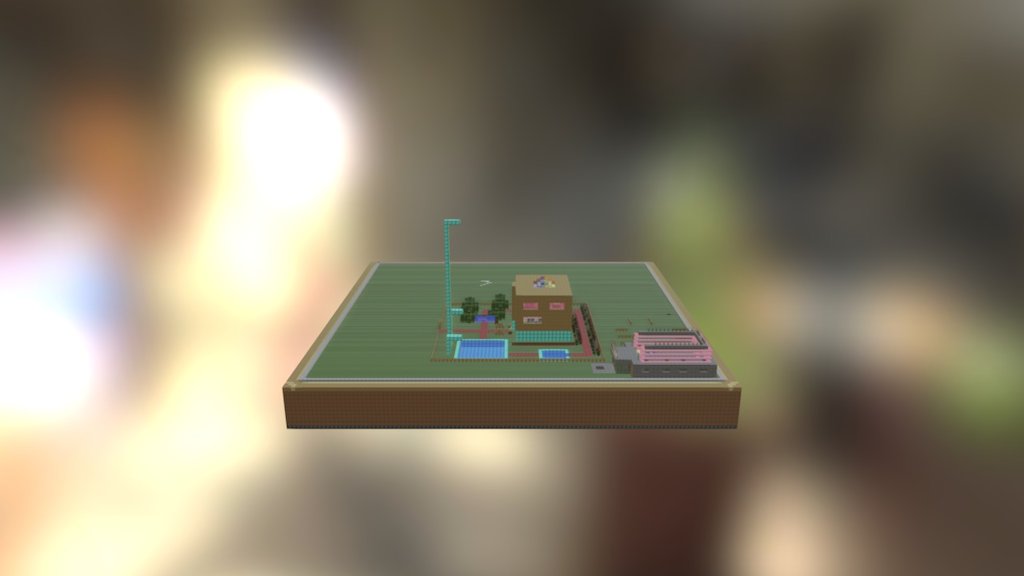
(-1926,-642)
sketchfab
The human factor is a crucial element in every system, and yet it often gets overlooked. Humans are the ones who design, implement, and maintain these systems, so it makes sense that their input would have a significant impact on their functionality. However, when it comes to AI systems, this relationship between humans and machines can be particularly complex. The term "human" is often used to describe anything related to people or their behavior. But in the context of AI, it takes on a more specific meaning. A human-in-the-loop system involves humans working alongside machines to accomplish tasks that would be difficult or impossible for either one to do alone. But what exactly does this mean? In essence, human-in-the-loop systems are designed to leverage the strengths of both humans and machines. While machines excel at processing large amounts of data quickly and accurately, humans bring a level of creativity, intuition, and critical thinking that is essential for making decisions and solving complex problems. By working together, humans and machines can achieve things that would be impossible for either one alone. This collaboration is the key to unlocking the full potential of AI systems, and it's an area of research that holds great promise for the future. In a human-in-the-loop system, the machine learns from the data provided by humans, but also actively solicits feedback and input in real-time. This feedback loop allows the system to adapt and improve over time, much like how humans learn from their experiences and adjust their behavior accordingly. But what does this mean for the development of AI systems? As these systems become increasingly sophisticated, it's likely that we'll see more human-in-the-loop applications emerge. And as we do, it will be essential to consider the ways in which humans interact with machines and how we can design systems that work in harmony with us. Ultimately, the future of AI depends on our ability to collaborate effectively with machines. By acknowledging the importance of the human factor and designing systems that incorporate human intuition and creativity, we can unlock a new era of innovation and progress. In fact, many industries are already leveraging human-in-the-loop systems to achieve remarkable results. For example, healthcare professionals use machine learning algorithms to analyze medical images and identify potential health risks. By working together with machines, these experts can make more accurate diagnoses and develop targeted treatment plans that improve patient outcomes. As AI continues to evolve, we'll see even more innovative applications of human-in-the-loop systems emerge. And by embracing this approach, we can create a future where humans and machines work in perfect harmony to achieve incredible things. The possibilities are endless, and the potential for growth is vast. By harnessing the power of human creativity and machine intelligence, we can unlock new frontiers and push the boundaries of what's possible. So let's seize this opportunity and shape the future of AI together!
With this file you will be able to print (-1926,-642) with your 3D printer. Click on the button and save the file on your computer to work, edit or customize your design. You can also find more 3D designs for printers on (-1926,-642).
